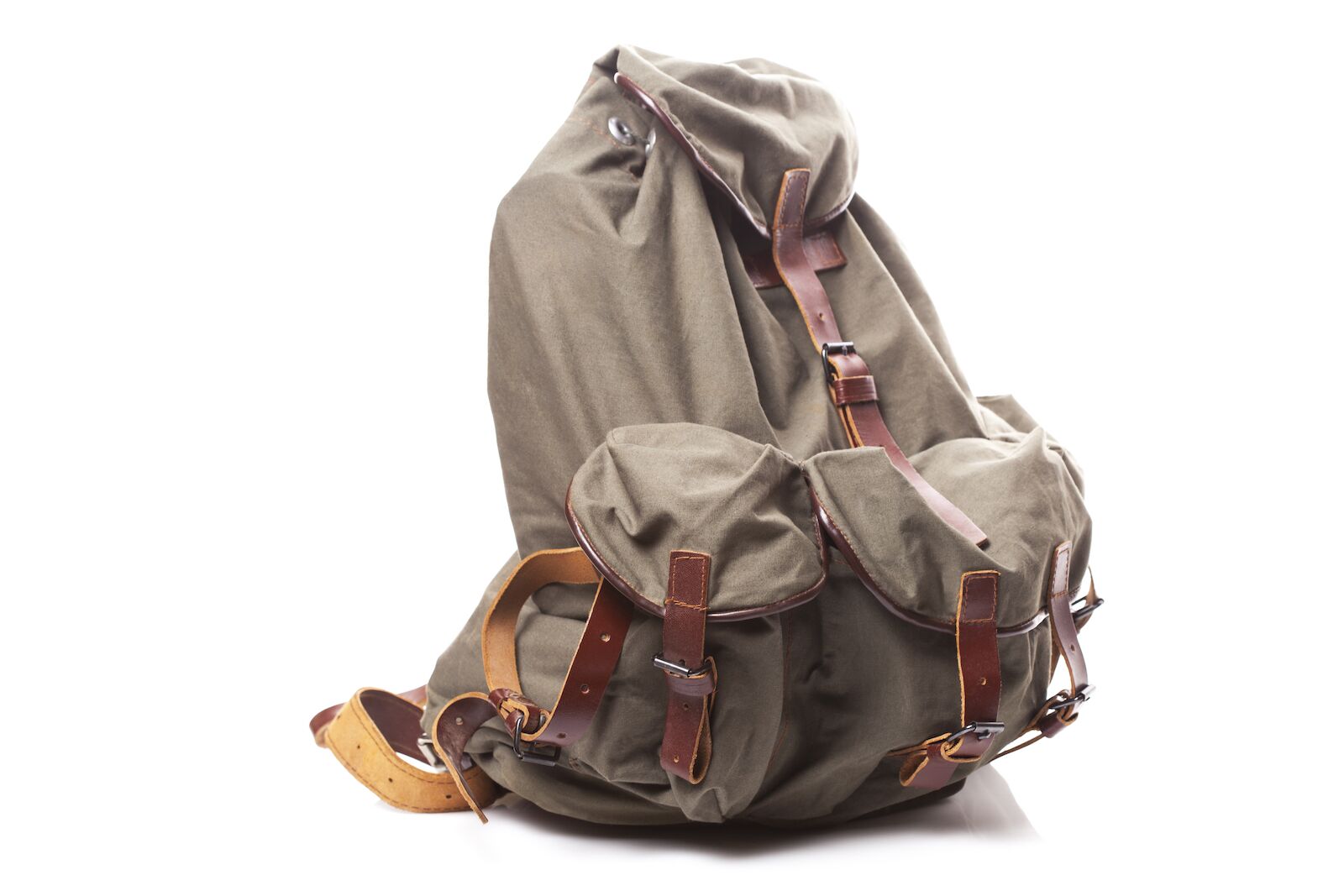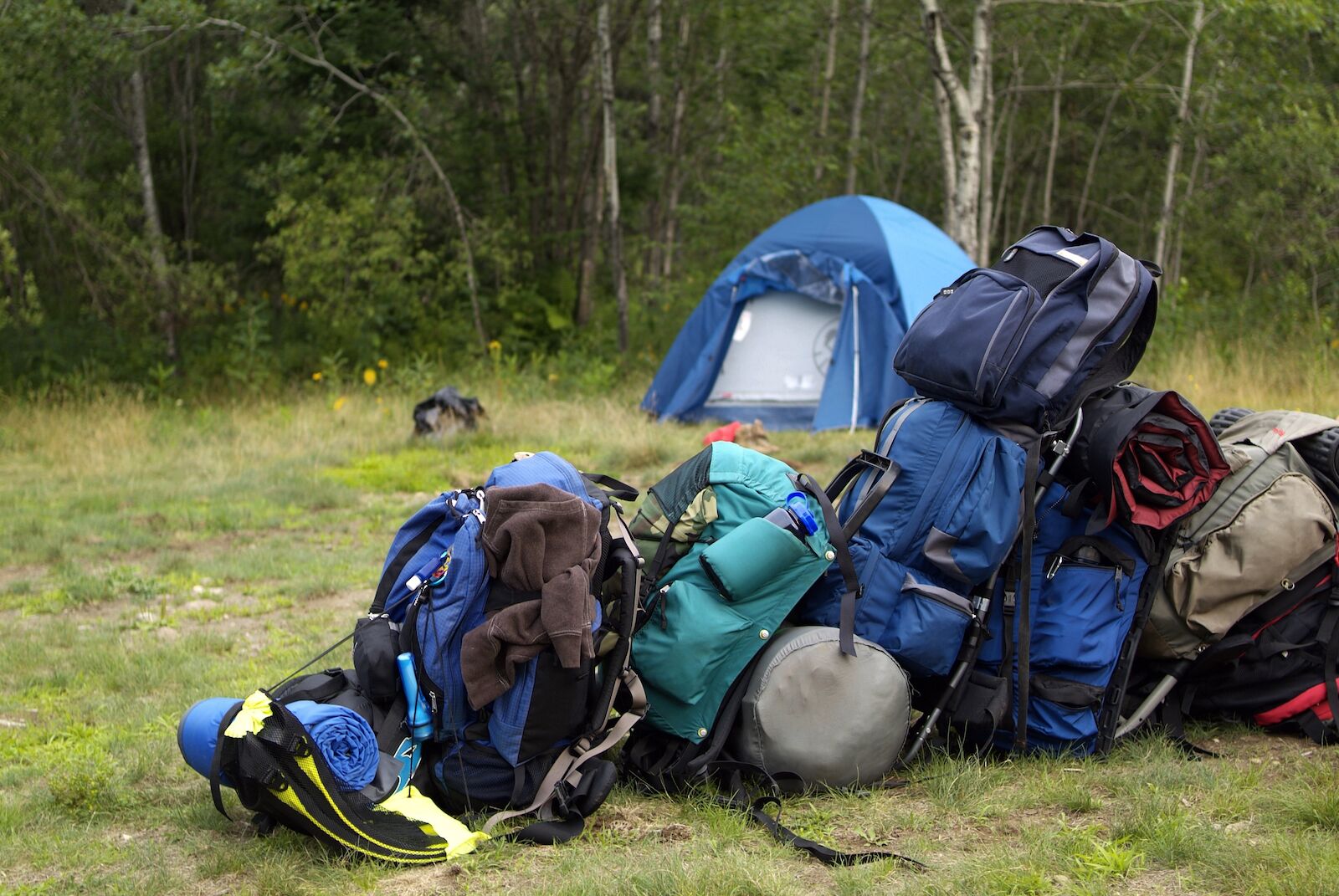As a gear and commerce editor, I’ve tested dozens of backpacks. Some are for travel, some for backpacking, and some are for more technical outings like backcountry skiing or mountaineering. My inbox gets hit at least once per week with a pitch for a new backpack review, and I’ve been writing and editing stories about gear at Matador for over six years — that’s a lot of new backpacks, especially considering the concept isn’t new. And frankly, there are already some incredible legacy brands that have been honing their products for longer than most of us have been alive.
The more backpacks I try, the more inclined I am to stick with those from established brands like Patagonia and The North Face, which have spent years developing and testing gear in the field.
It’s not that I don’t appreciate competition — it’s just that there are already way too many travel backpacks out there, and it’s getting difficult to justify trying a new pack that fails to stand out against the rest. In essence, we don’t need any more. So brands, maybe just stop.


